Conditions
Bone Spurs
Common Symptoms Include:
- Back or neck discomfort
- Radiating pain (such as sciatica or cervical radiculopathy)
- Neurological symptoms such as tingling or numbness
- Muscular weakness, including a decline in fine or gross motor control
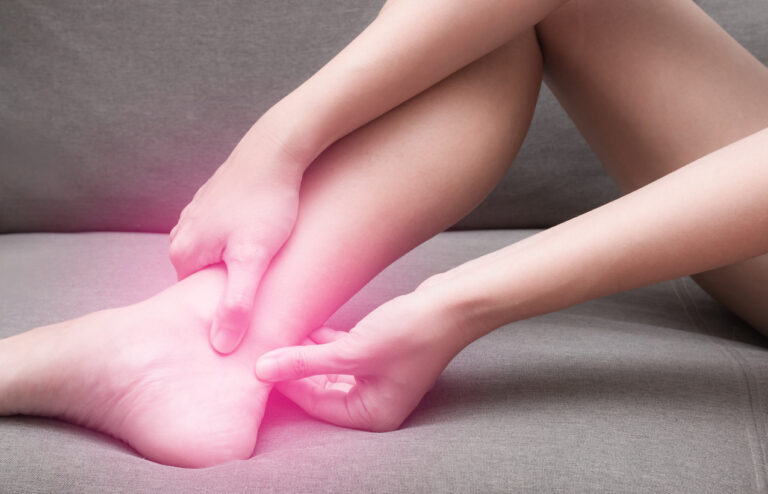
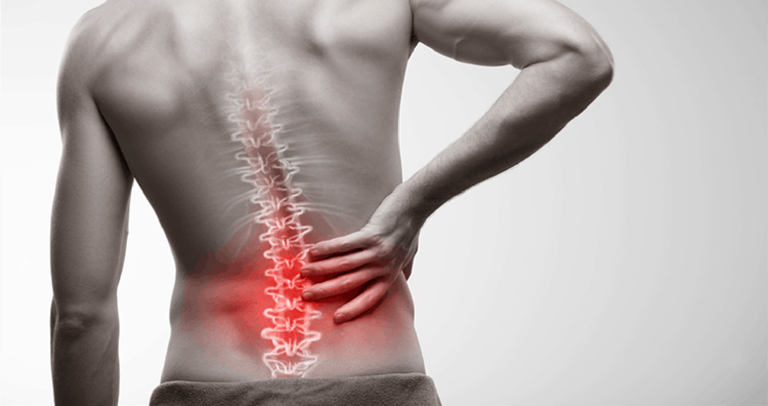
Bulging Disc
Common Symptoms Include:
- Localized pain in the back or neck
- Radiating pain (such as sciatica) that filters into the limbs
- Muscular spasms or weakness
- Tingling or Numbness
Degenerative Disc Disease
Common Symptoms Include:
- Sciatica
- Cervical Radiculopathy
- Numbness or burning sensations in the extremities
- Pain with prolonged inactivity or rotating the spine
- Reduced mobility
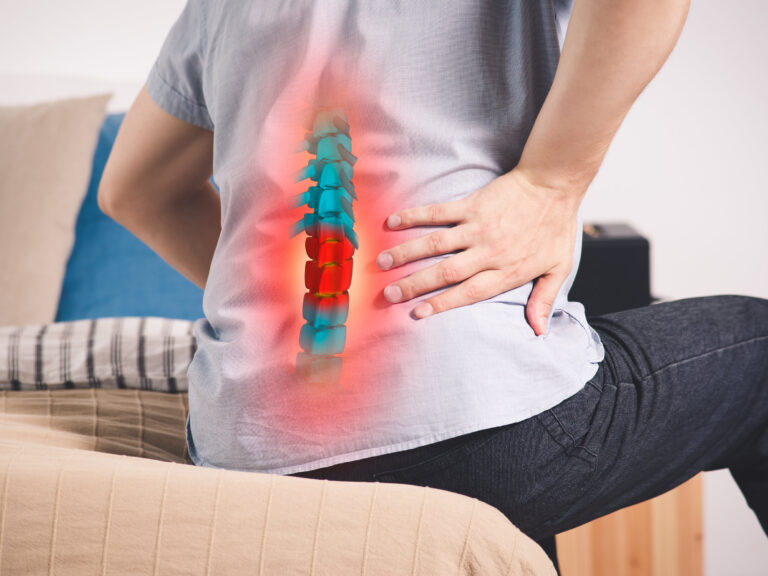
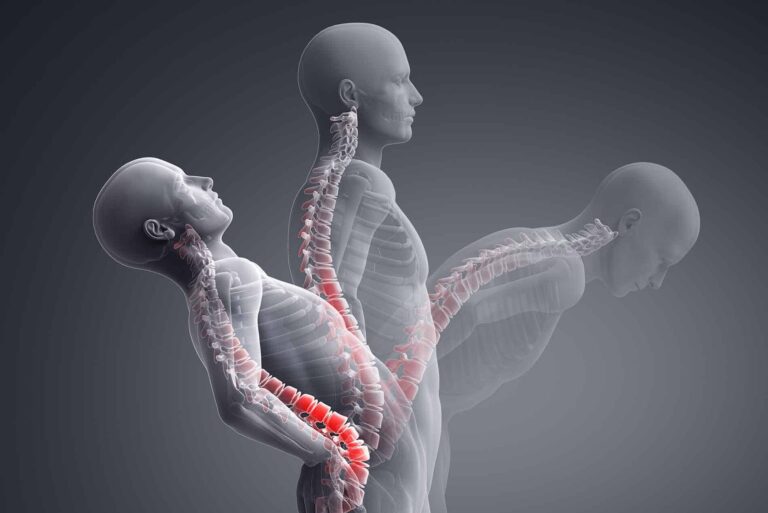
Facet Joint Disorder
Common Symptoms Include:
- Pain, tenderness, or inflammation in the lower back
- Muscular tightness or inflexibility
- Pain that worsens when you extend the spine by bending backward
- Radiating pain that travels from the site of a damaged facet joint into the arms, shoulders, or legs
Failed Back Surgery
Failed back surgery refers to a form of surgical intervention that has been unsuccessful in eliminating pain. A failed back surgery can either produce little to no change in your discomfort or can actually make the original complaint worse.
Common Symptoms Include:
- Chronic pain in the neck or back following a surgical procedure
- New pain that appears above or below the surgical area
- Sudden onset of neurological symptoms such as numbness or tingling in the extemities
- Excessive stiffness or painful spasms in the back
- Failure to recuperate adequately from surgery
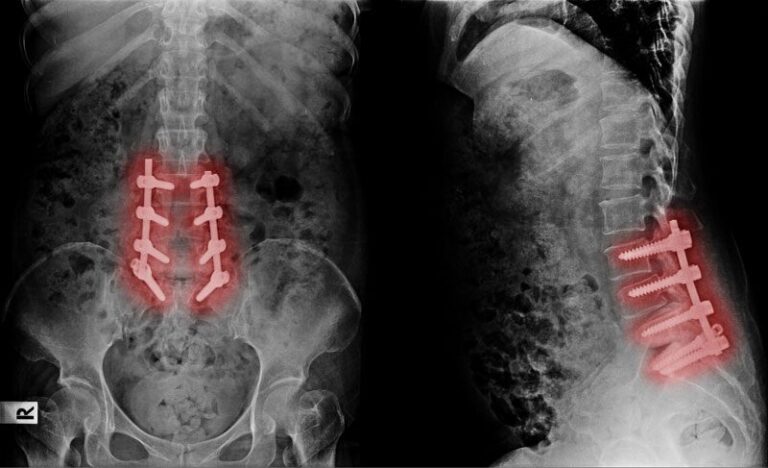
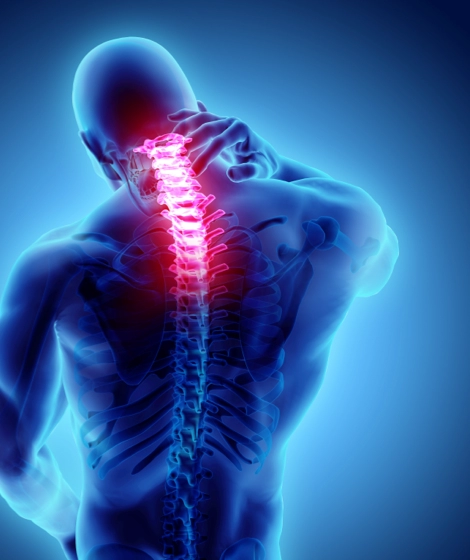
Foraminal Stenosis
Foraminal Stenosis refers to the painful narrowing of foramina—passageways through vertebra that allow our spinal nerves to fan outward from the spinal cord to the rest of our body. Foraminal Stenosis is a common complication of Degenerative Disc Disease and Osteoarthritis.
Common Symptoms Include:
- Radiating or pinched nerve (including sciatica)
- Localized back or neck pain
- Muscular weakness
- Tingling or heat in the extremities
Herniated Disc
A herniated disc occurs when an intervertebral disc, which cushions our spinal vertebrae from trauma, ruptures, releasing its internal contents into the surrounding nerve-rich space. Herniated disc material can impinge upon spinal nerves causing discomfort.
Common Symptoms Include:
- Pinched nerve pain (including sciatica or cervical radiculopathy)
- Activity Limitations
- Numbness or tingling
- Muscular weakness or foot drop

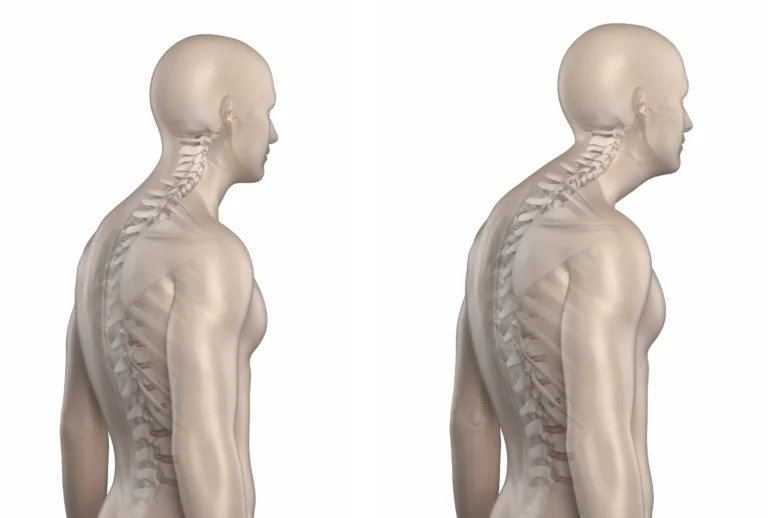
Kyphosis
Kyphosis is a form of spinal deformity, in which the thoracic spine (or middle back) arches abnormally forward, creating a hunched over appearance. Kyphosis can occur as the result of a congenital (or present at birth) condition, as a side effect of abnormal spine growth during adolescence, or as a complication of osteoporosis in later age.
Common Symptoms Include:
- An abnormal hump in the upper back
- Visible disparities in shoulder height
- Abnormal forward bending of the head
- Tight hamstrings
- Lordosis (or swayback)
- Respiratory symptoms
Neck & Back Injuries
A neck or back injury refers to any form of trauma that causes damage to the spine or the muscles that support it.
Common Symptoms Include:
- Acute pain
- Dull pain in the neck or back
- Stiffness
- Swelling
- Chronic pain that outlasts the injury itself
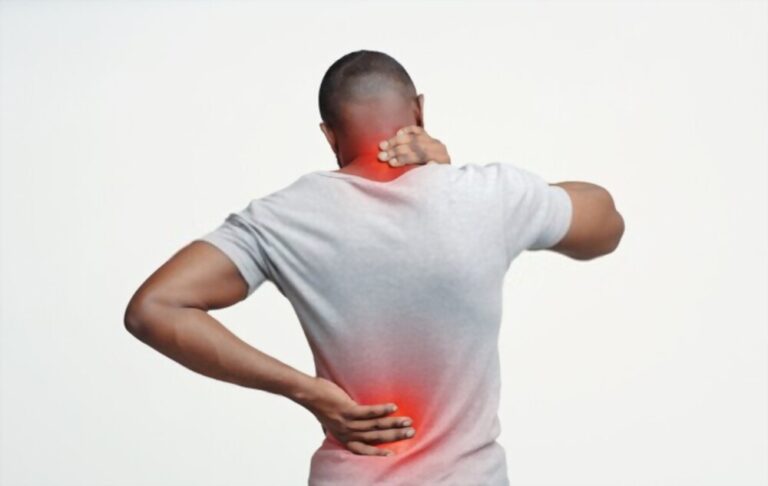

Osteoarthritis
Worried that you might have Osteoarthritis of the spine? You’re not alone. Osteoarthritis is the most common form of joint disability in the world! Osteoarthritis occurs when the cartilage that cushions our joints wears away with age or injury. This process can cause our bones to grind painfully against one another.
Common Symptoms Include:
- Inflammation
- Back or neck stiffness
- Lower back pain (also known as lumbago)
- Burning pain in the extremities
- Pain that worsens at bedtime or early in the morning and abates with physical activity
Osteoporosis
Osteoporosis refers to an imbalance in the rate of bone reabsorption to bone regeneration. This imbalance renders bones excessively porous and enhances the likelihood that an individual will suffer a vertebral compression fracture.
Common Symptoms Include:
- Frequent spinal fractures
- Broken bones in other locations of the body
- Aches & Pains
- The development of bone spurs
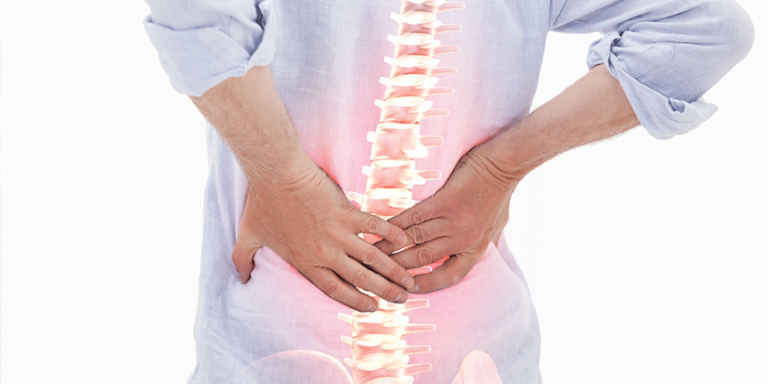
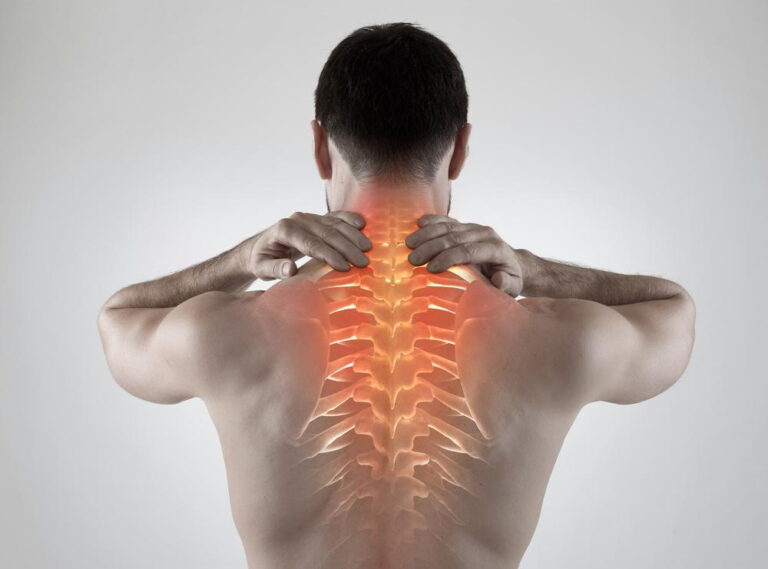
Pinched Nerve
A pinched nerve occurs when a nerve in the body becomes compressed, inflamed, or irritated, leading to uncomfortable symptoms.
Common Symptoms Include:
- Localized pain at the site of compression
- Radiating pain into the arms and hands or legs and feet
- Numbness, burning, or tingling in the extremities
- Muscle weakness
Radiculopathy
Radiculopathy is the medical term that is used to describe a pinched spinal nerve. Radiculopathy can result from a variety of common causes, including: a herniated, ruptured, or bulging disc; spinal or foraminal stenosis; spondylolisthesis (aka a slipped vertebra); bone spurs; spinal tumors; or the build-up of scar tissue from failed back or neck surgery.
Common Symptoms Include:
- Radiating pain (such as sciatica or cervical radiulopathy) that migrates from the source of nerve compression and into the limbs
- Numbness or tingling in the extremities
- Loss of strength or motor control
- Stiffness
- Lower back pain (also known as lumbago)
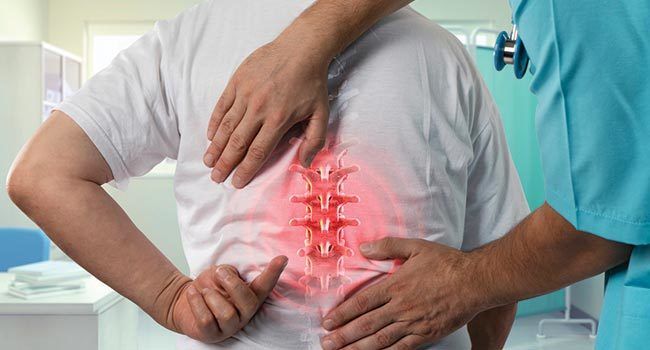

Sacroiliac Joint Dysfunction
Sacroiliac Joint Dysfunction refers to a condition in which the joint that lies between the sacrum and the left or right ilium bones of the hip becomes inflamed. This disorder usually occurs as a complication of another condition, such as rheumatoid arthritis, osteoarthritis, pregnancy, injury, or gout.
Common Symptoms Include:
- Hip, lower back, or buttocks pain
- Stiffness in the pelvic region
- Tingling or burning in the lower back or legs
- Pain while transitioning from one position to the next (such as from sitting to standing)
- Buckling of the legs
Sciatica
Sciatica is a painful condition that occurs when the sciatic nerve in the lumbar spine (or lower back) is pinched. Common causes of sciatic pain often include lumbar disc herniation, degenerative disc disease, piriformis syndrome, spinal stenosis, or spondylolisthesis (a slipped vertebra).
Common Symptoms Include:
- Leg discomfort that radiates from the site of sciatic nerve compression in the lower back and into the buttocks, thighs, calves, and/or feet
- Burning or prickling sensations in the feet
- Pain that worsens with prolonged inactivity or vigorous exercise
- Foot drop
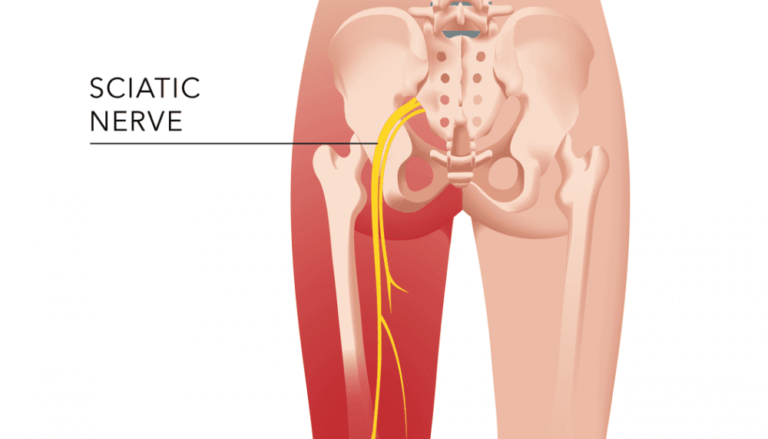
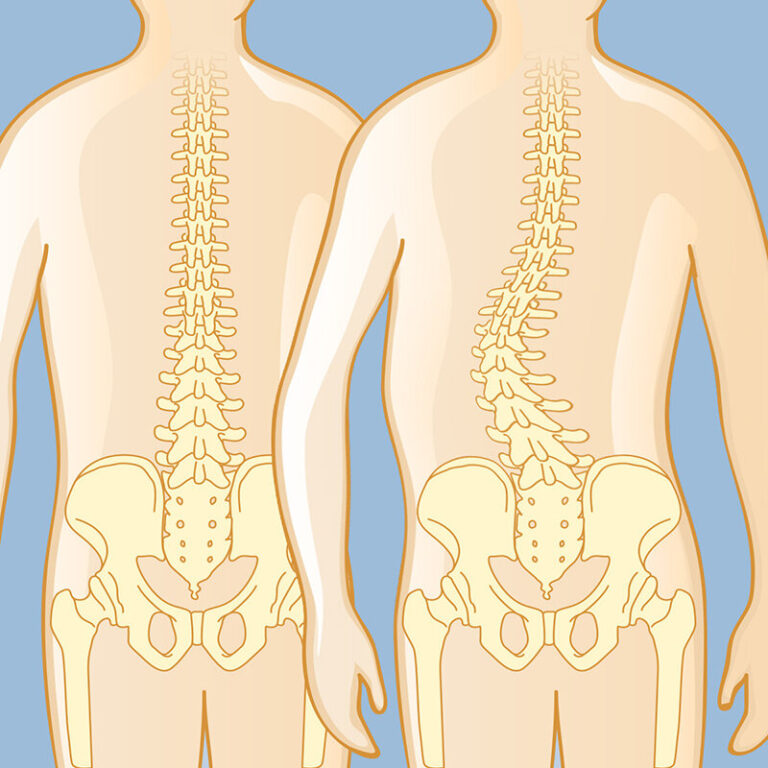
Scoliosis
Scoliosis refers to a form of spinal deformity in which the spine curves abnormally to the left and right.
Common Symptoms Include:
- Disparities in shoulder or hip height
- Visible deformities of the spine
- A ribcage that appears to be asymmetrical
- Clothes that hang improperly off the body
- Abnormal forward bend of the head
Spinal Cord Injuries
Spinal Cord Injury (SCI) refers to any form of damage that permanently or temporarily disrupts the function of the spinal cord.
Common Symptoms Include:
- Paralysis
- Loss of bowel or bladder control
- Nerve pain
- Chronic muscle pain or spasticity
- Loss of sexual function or fertility
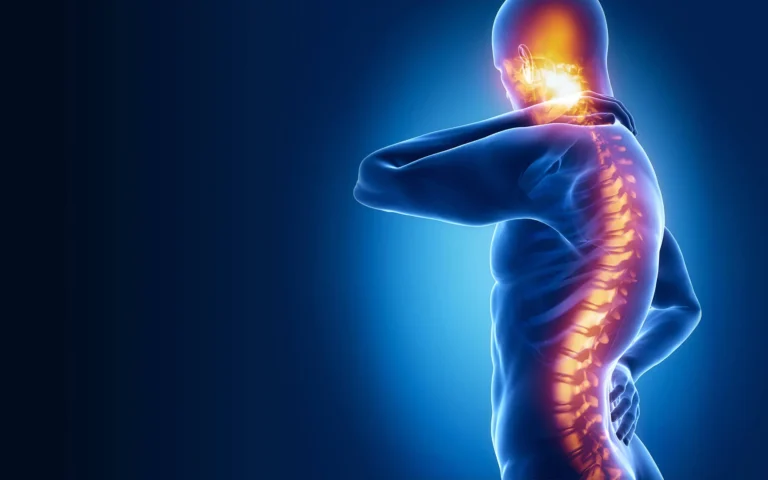
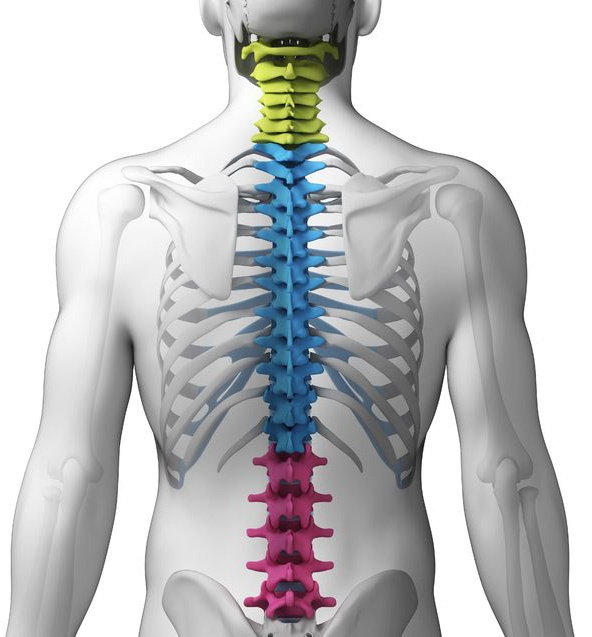
Spinal Fractures
Spinal fractures occur when a vertebra suffers a break, whether from injury or an underlying disease, like osteoporosis.
Common Symptoms Include:
- Localized pain at the fracture site
- Reduced range of motion or mobility
- Neurological symptoms, such as numbness or muscular weakness
- Spinal deformities, such as kyphosis or spondylolisthesis
Spinal Stenosis
Spinal stenosis refers to a narrowing of the spinal column that houses our spinal cord. As the spinal cord becomes compressed—whether by spinal trauma, degenerative changes in the spine, or disease—painful symptoms can emerge.
Common Symptoms Include:
- Pinched nerve discomfort (including sciatica or cervical radiculopathy)
- Pain while walking
- Numbness or tingling in the upper or lower limbs
- Global balance disturbances
- Loss of fine motor skills
- Muscular pain or spasms


Spinal Tumors
Spinal tumors are benign or cancerous growths that develop on the spinal cord or structural components of the spine. The three main categories of spinal tumors are defined by the location of the growth on the spine. These classes include Vertebral Column Tumors, which affect spinal vertebrae or intervertebral discs; Intradural-Extramedullary Tumors, which appear underneath the dura of the spinal cord; or Intramedullary Tumors, which disrupt spinal nerve fibers.
Common Symptoms Include:
- Localized or radiating pain that erupts from the site where the spinal tumor compresses spinal nerve tissue
- Pain that does not lessen while at rest
- Neurological symptoms, including tingling, numbness, or loss of bowel/bladder control
- Cancer-related symptoms, such as nausea, vomiting, weight loss, or fever
Spondylitis
Spondylitis is a term that describes a series of arthritic disorders that cause degenerative changes in the vertebrae, pelvis, or accessory tissues of the spine. This class of conditions includes both Rheumatoid Arthritis (RA), which also causes widespread joint inflammation, and Ankylosing Spondylitis, which can lead to a painful fusion of the spinal vertebrae or sacroiliac joint.
Common Symptoms Include:
- Swelling or joint stiffness
- Inflammation of the intestines, bowels, or bladder
- Psoriasis
- Eye inflammation
- Kyphosis (aka "hunchback")

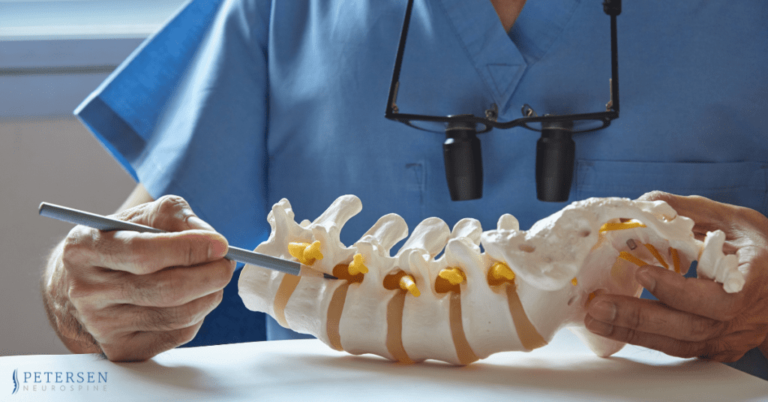
Spondylolisthesis
Spondylolisthesis occurs when a spinal vertebra slips out of alignment, sliding forward over the vertebra that lies beneath it. Spondylolisthesis can result from degenerative changes in the spine, such as degenerative disc disease, osteoarthritis, or facet joint disease, or from a fracture of the pars interarticularis, a tiny piece of bone that resides at the juncture where our spinal vertebrae meet.
Common Symptoms Include:
- Back pain
- Radiating pain (such as sciatica or cervical radiculopathy)
- Tingling
- Stiffness in the hamstrings
- Swayback
Spondylosis
Spondylosis is a broad term that refers to any form of degenerative change in the spine. These changes can result from a number of spinal disorders, including: facet joint osteoarthritis, degenerative disc disease, herniated discs, spinal stenosis, and spinal strain and/or injury.
Common Symptoms Include:
- Radiating pain (including cervical radiculopathy or sciatica)
- Paresthesia (or numbness & tingling)
- Loss of balance or fine motor control
- Facet joint stiffness
- Neck or back pain

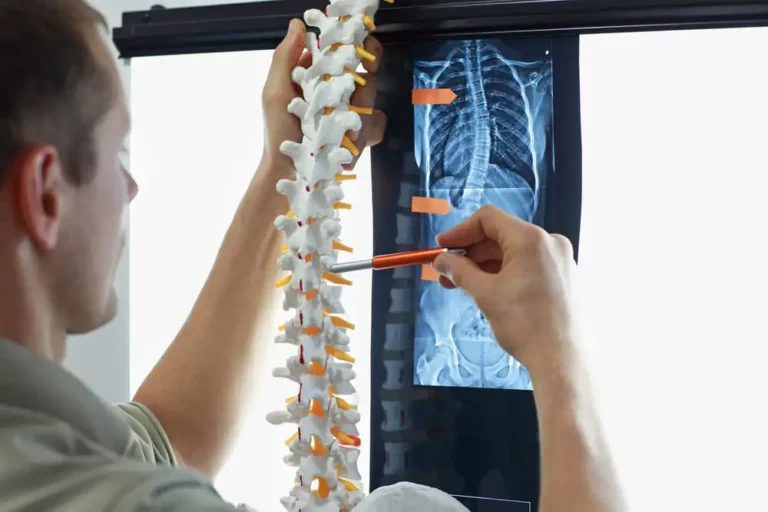
Spine Conditions Treated at New York City Spine
At NYC Spine, our world-class team of spine experts addresses a diverse range of neck and back conditions. Although these 21 items represent some of the most common disorders that we encounter in our practice, Dr. Frazier possesses the surgical expertise to address spinal diseases that are much more obscure or complex in nature. A published author on spinal pathology and a graduate of the Harvard Medical System, Dr. Frazier has devoted his life to mastering the art of minimally invasive care. To learn if your condition qualifies for surgical intervention, please contact NYC Spine today or access the diagnostic tools that are provided in the “For Patients” section of our site.
Schedule An Appointment
Book now to discuss your needs and explore tailored solutions. Choose a time slot below, and we’ll confirm your appointment. Let’s get started!
